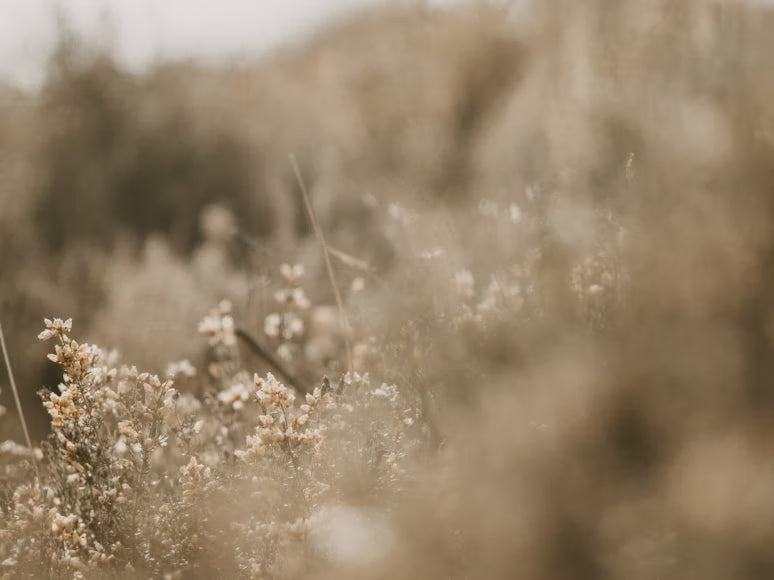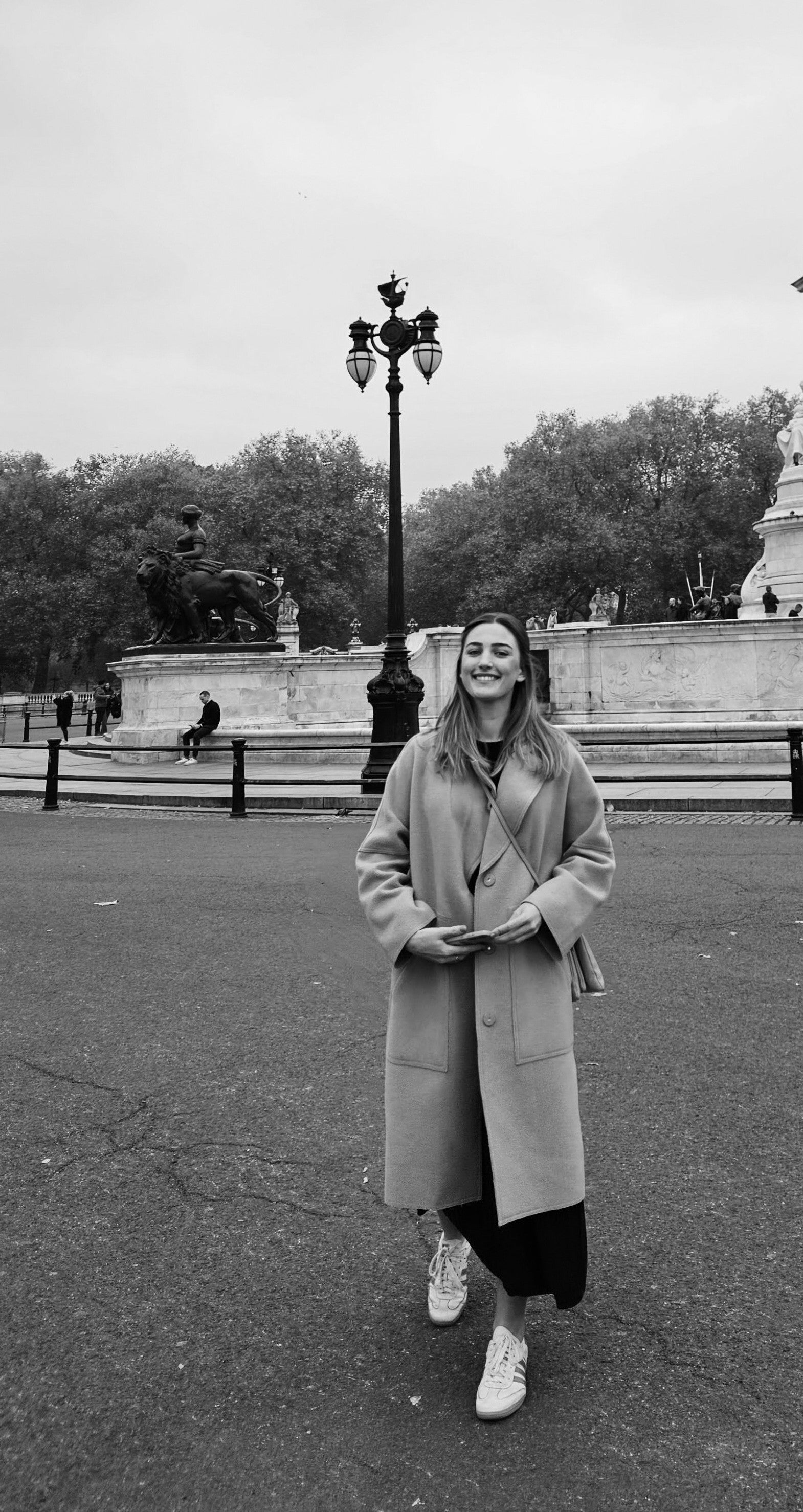
Story behind the brand
Hello! I am Daina, the founder of River & Isle. Painting has always been a passion of mine and over time, I started thinking about how these paintings could have another life beyond the canvas.
While working on an interior design project, I soon became frustrated with the lack of cushion options available on the market.
Every cushion design starts as an oil landscape or abstract piece. From there, it is carefully translated onto natural linen, then sewn in small batches. Nothing is mass-produced.
River & Isle is young and independent. Every piece you bring into your home helps this little idea grow. Thank you for being here from the start.

Sustainability
At River & Isle, we’re mindful of our impact on the planet. That’s why we choose sustainable fabrics and use an eco-conscious printing process. Each cushion cover is sewn by skilled artisans—not mass-produced in a factory, but crafted by hand in small batches. Every piece is a reflection of their craftsmanship, creativity, and care.
Digital printing is highly sustainable, especially for short runs, customised designs, and eco-conscious production.
It is considered more sustainable than traditional printing methods, such as screen or rotary printing. Here are its key sustainable attributes:
Drastically reduced water consumption. Digital printing uses up to 95% less water than screen printing.
Less ink and chemical waste, as ink is applied directly onto the fabric, with precisely controlled droplet application, reducing overspray, excess dye runoff, and chemical discharge.
Lower energy use. No need for large volumes of water to heat or steam.
No engraved screens, which are resource-intensive and often disposed of after use.
Linen is widely considered one of the most sustainable and eco-friendly fabrics available. Here are its key sustainable properties:
Natural fibre from flax plant.
Low water consumption for growth and processing.
Biodegradable and compostable.
No GMOs, often grown organically. Flax is naturally resistant to pests, so it is often grown with little or no chemical intervention.
Durable and long-lasting.
Follow along
Be notified early of new collections so you don't miss out, and insights from the studio. Don't worry we won't flood your inbox!

